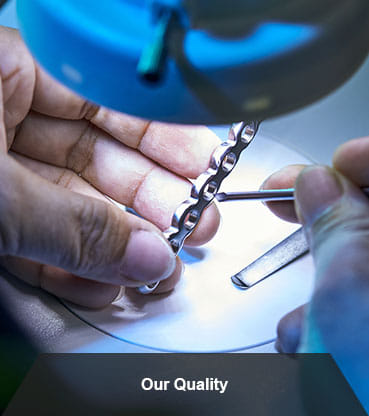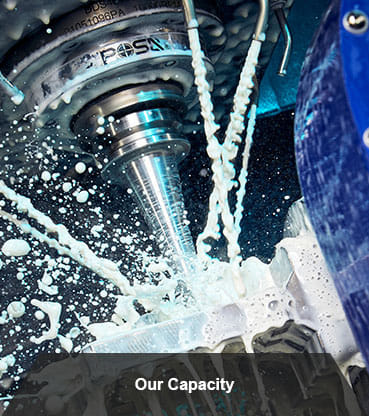Why Choose Us?
Ming Wei Co., Ltd.Ming Wei, a manufacturer focus on precision machining and medical implants for more than 30 years, is dedicated to delivering superior service, guaranteed quality, and continuous improvement.We invite you to partner with us to experience the exceptional service and expertise we offer. Discuss your specific machining needs to discover how our expertise can benefit your business.

















